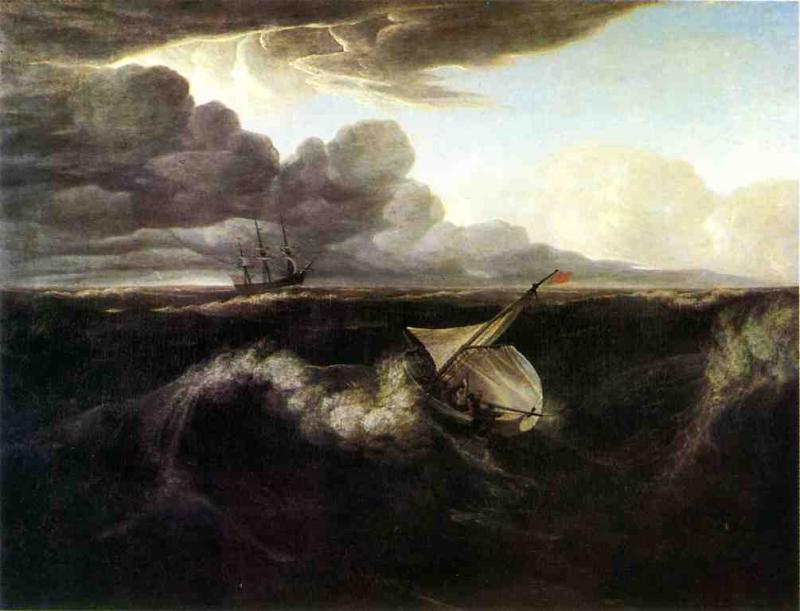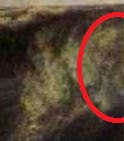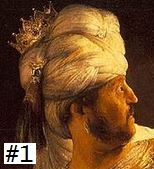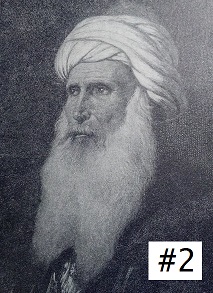
This is Allston's painting Rising of a Thunderstorm at Sea. According to Gerdts and Stebbins, it is the only surviving original painting Allston painted in Paris in 1804. Allston would have seen Mantegna's painting Triumph of the Virtues at the Louvre, which may have influenced him in a way that is of interest here. There are pareidolic faces in the waves of Allston's painting, very indistinct, but sufficiently defined to be recognized as faces (right edge, just below the horizon line).
Unlike Vedder's moon on the cover of Harper's or the multiple faces in Mantegna's Triumph of the Virtues, where Vedder's and Mantegna's intentions were obvious, Allston's faces here are marginal and quite indistinct, and the waves are not obviously distorted by the addition of the faces.


